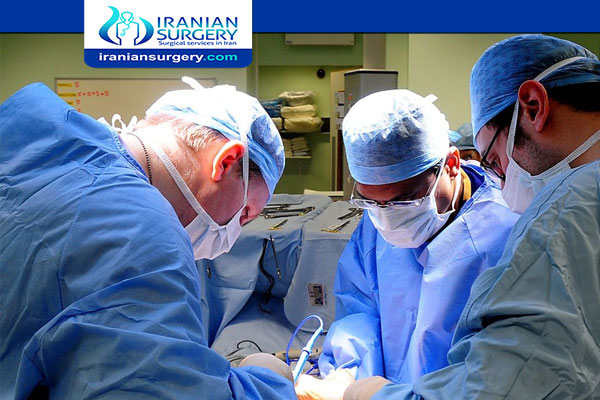Laparoscopic surgery ovarian cyst
Can ovarian cysts be removed by laparoscopy?
Ovarian cysts are usually removed using a surgical procedure called laparoscopy (a type of keyhole surgery), but sometimes open surgery is necessary. Your procedure will be carried out by a gynecologist.
During laparoscopic surgery for ovarian cyst
Simple or small cysts can usually be removed by keyhole surgery. If you’re having keyhole surgery, your gynecologist will make two or three small cuts (between 5mm and 1cm long). One will be near your belly button and two will be lower down, usually one on each side. They’ll pass small instruments and a tube-like telescopic camera (called a laparoscope) through the cuts. This procedure is known as laparoscopy. Your gynecologist will then examine your ovaries and remove the cyst. The cuts on your skin are closed with glue or stitches.
Read more about: How many cup sizes can you go down in a breast reduction?
Read more about: Virgin tightening surgery
Read more about: Ovarian cancer cell lines
Read more about: Ovarian Cyst Size Chart
After ovarian cyst laparoscopic surgery
After your laparoscopy, your nurse will make sure you’re not in pain and let you rest for a few hours. They’ll offer you something to eat and drink. You’ll usually be able to go later that day when you feel ready. Someone should drive you home and a friend or relative should stay with you overnight.
Your nurse will give you some advice about caring for your healing wounds before you go home. They’ll probably want to check that you can pass urine OK before you go home and may also give you some painkillers to take. You may be given a date for a follow-up appointment.
Having a general anaesthetic affects everyone differently. You may find that you’re not so coordinated or that it’s difficult to think clearly. This should pass within 24 hours. In the meantime, don’t drive, drink alcohol, operate machinery or sign anything important. Always follow any advice you’re given by your gynecologist or the hospital.
If your gynecologist used dissolvable stitches, these will disappear on their own. Other stitches may need to be removed by the practice nurse at your GP surgery. This will usually be around five to seven days after your operation.
Read more about: Ovarian tumor removal during pregnancy
Read more about: What size of ovarian cyst is dangerous?
Read more about: ovarian tumor removal surgery in Iran
How long does it take to recover from ovarian cyst removal?
The average operating time for ovarian cyst removal surgery is approximately 60 minutes.
The time it takes to recover from ovarian cysts removal surgery is different for everyone. After the ovarian cyst has been removed, you'll feel pain in your tummy, although this should improve in a few day.
Most patients can go home the same day. In some cases, an overnight stay may be required. This surgery has a quick recovery with most patients feeling much better within the first few days after surgery.
Most women feel better within the first week following surgery; however, do not lift, push or pull any heavy objects for a few weeks.
Do not resume sexual intercourse until your doctor says it is OK.
Full recovery takes about four to six weeks to allow for internal healing.
Are ovarian cysts dangerous?
Most ovarian cysts are benign and naturally go away on their own without treatment. These cysts cause little, if any, symptoms. Ruptured cysts, which are also rare, can cause intense pain and internal bleeding. Most ovarian cysts present little or no discomfort and are harmless.
Read more about: Ovarian tumor removal recovery time
Read more about: Ovarian Cancer Treatment in Iran
10 common questions about laparoscopic surgery ovarian cyst
[kkstarratings]



